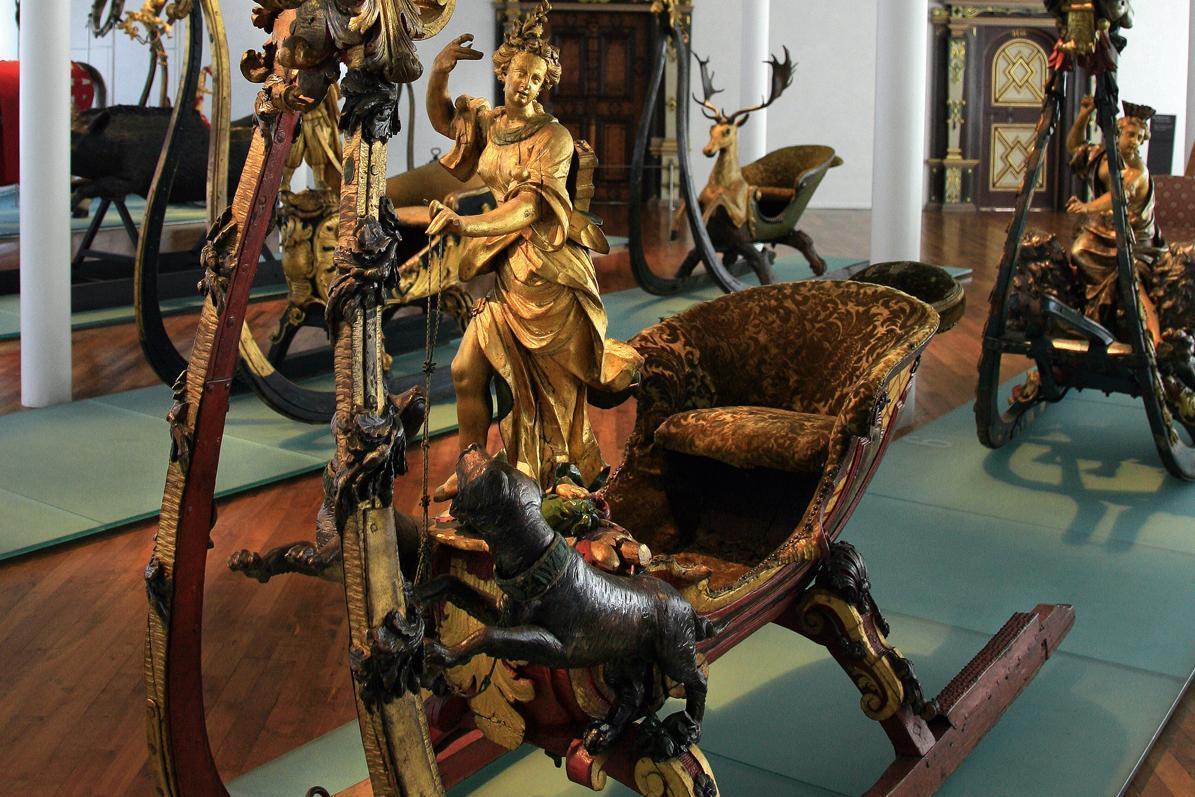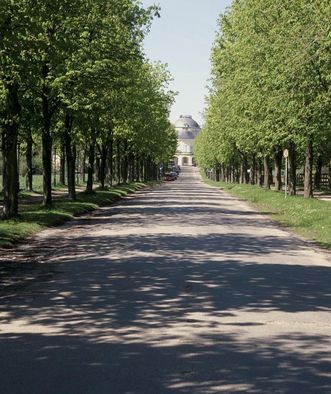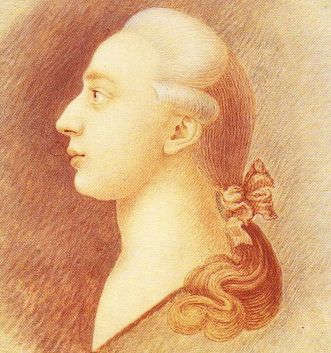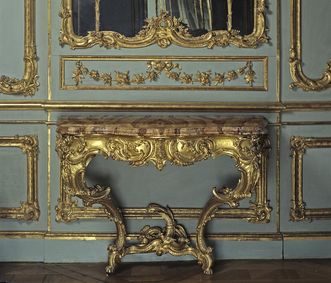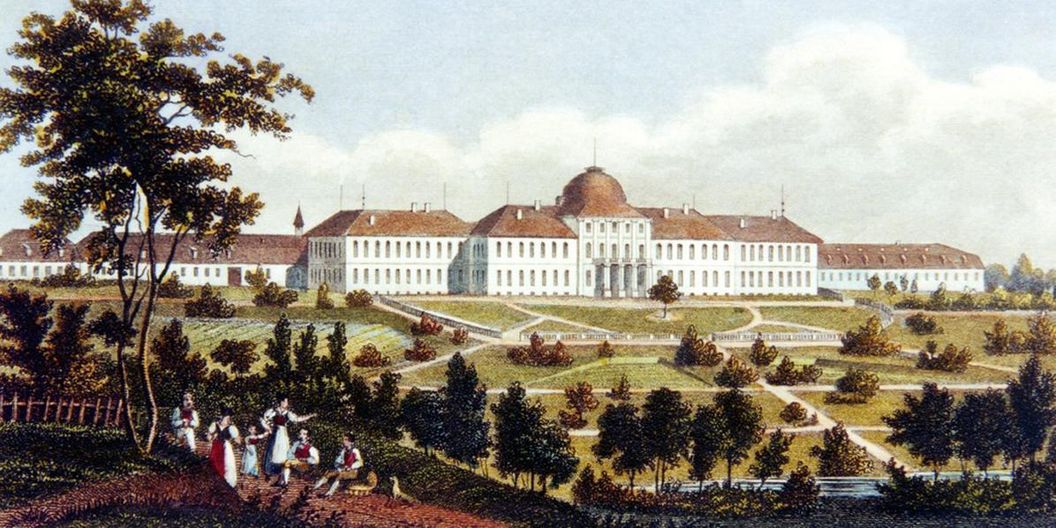A legendary sleigh ride
Due to the lack of real snow in summer (!), the duke is said to have given the order to spread salt over the 13 kilometers of the Solitudeallee avenue between Ludwigsburg and Solitude Palace to accommodate the desired sleigh ride. Yet this likely would have been beyond Carl Eugen's means. For a long time, salt was a valuable trade good and an expensive spice and preservative. In contrast, the truth: Carl Eugen used the Solitudeallee avenue for official receptions to lead his guests to Solitude accompanied by thundering cannons.



